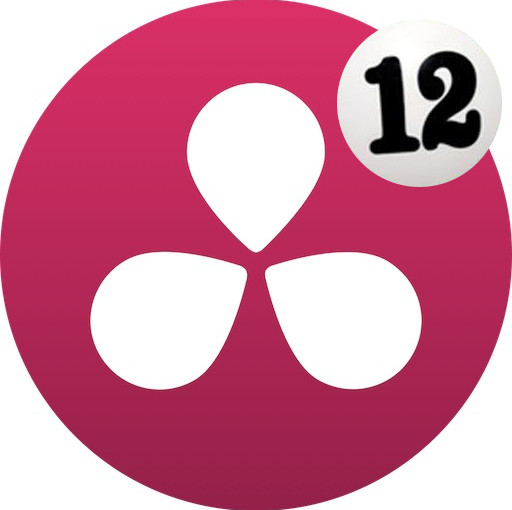

It's same crap as with 29.97 DF timecode, but industry decided not to define 23.976 DF timecode. The DaVinci Resolve Engineering Team Grant Petty CEO Blackmagic Design DaVinci. Assuming, of course, you either have timec.
#Davici resolve 12.5 timecode calculator code
In other words, when a time code was reached of 00:16:40:00, this does not mean the video has played for 16 real minutes and 40 real seconds (1000 seconds), but that it has actually played for exactly 16 minutes and 41 seconds (1001 seconds)." DaVinci Resolve 12.5 has a great feature for auto syncing audio with video based on timecode or by audio waveform. When working with other time sources, confusion can arise since a "second" in 23.976 fps time code notation is slightly longer than a real second, it is 1.001 (24 × 1 / (24000 / 1001)) seconds long. "Note that with 23.976 fps time code, the "second" counter is still increased after 24 frames, even though 24 frames add up to slightly more than a real second. About all TVs support now 24p, so no reason why broadcast can't switch to proper 30fps and 24fps.Ģ3.976p masters are nothing more than 24p masters played with slightly longer refresh than 1/24. Film can happily stay with 24p if they like it. In current reality there is absolutely no reason to have anything than proper integer fps of 60 or whatever. Those relicts from analog era are still heavily present today, even if they could be all replaced with new standard eg 60p. So answer to your question is- it depends on the app and what math people chose to use- precise counting (fractional frames) or 24fps based. It's a little bit grey area and different apps may behave differently.

As far as I know there is no defined standard for drop frame TC for 23.976p, so you should use 24p timecode. There are also apps which have drop frame TC (like you have for 29.97). Some people use precise math for 23.976p (so 24000/1001 when counting frames) others use 24. 24p vs 23.976p can be the same or different depending on the app and used math behind it.


 0 kommentar(er)
0 kommentar(er)
